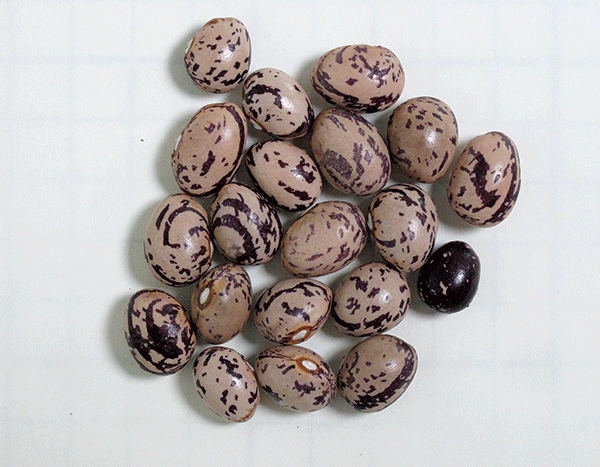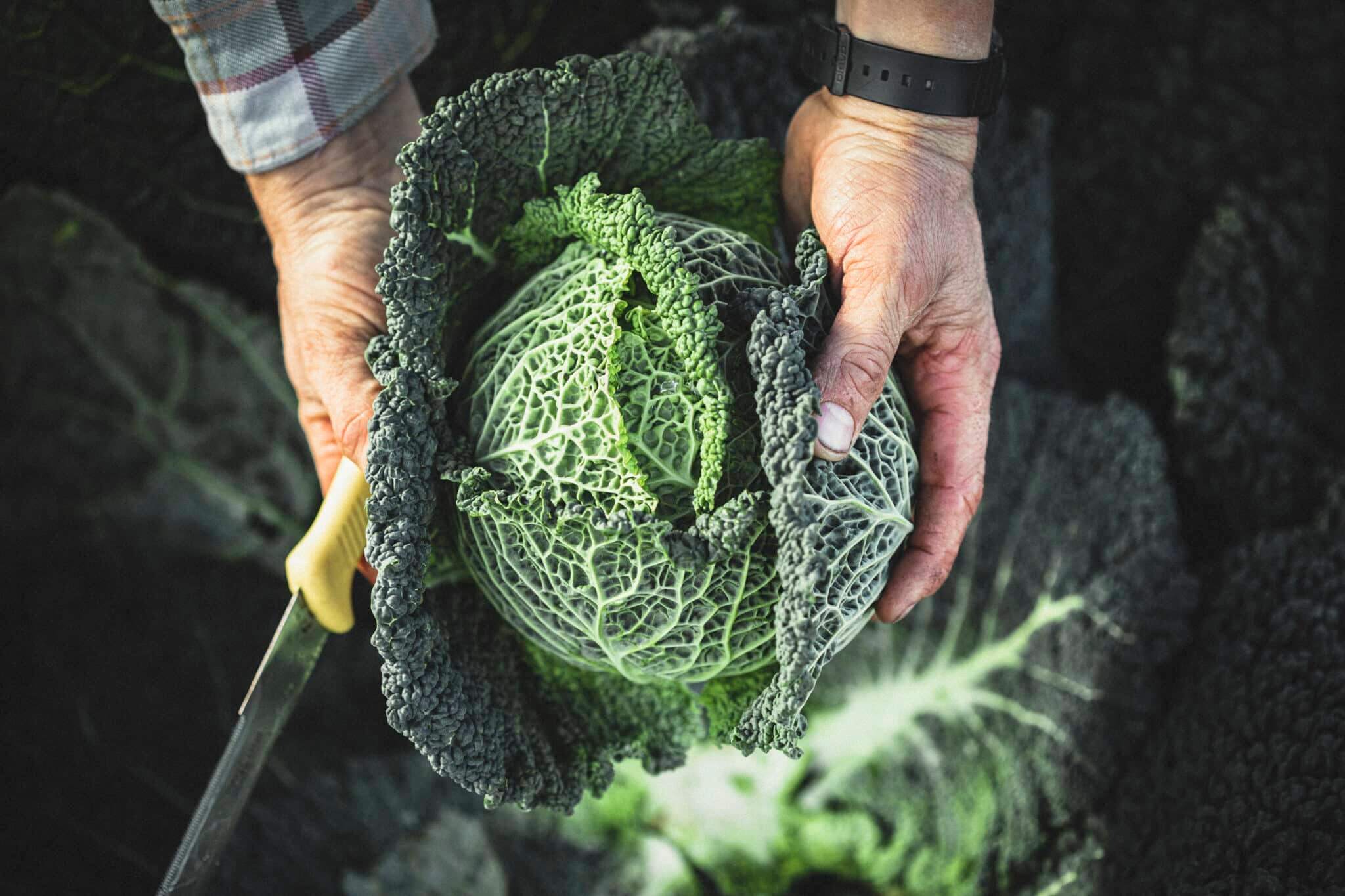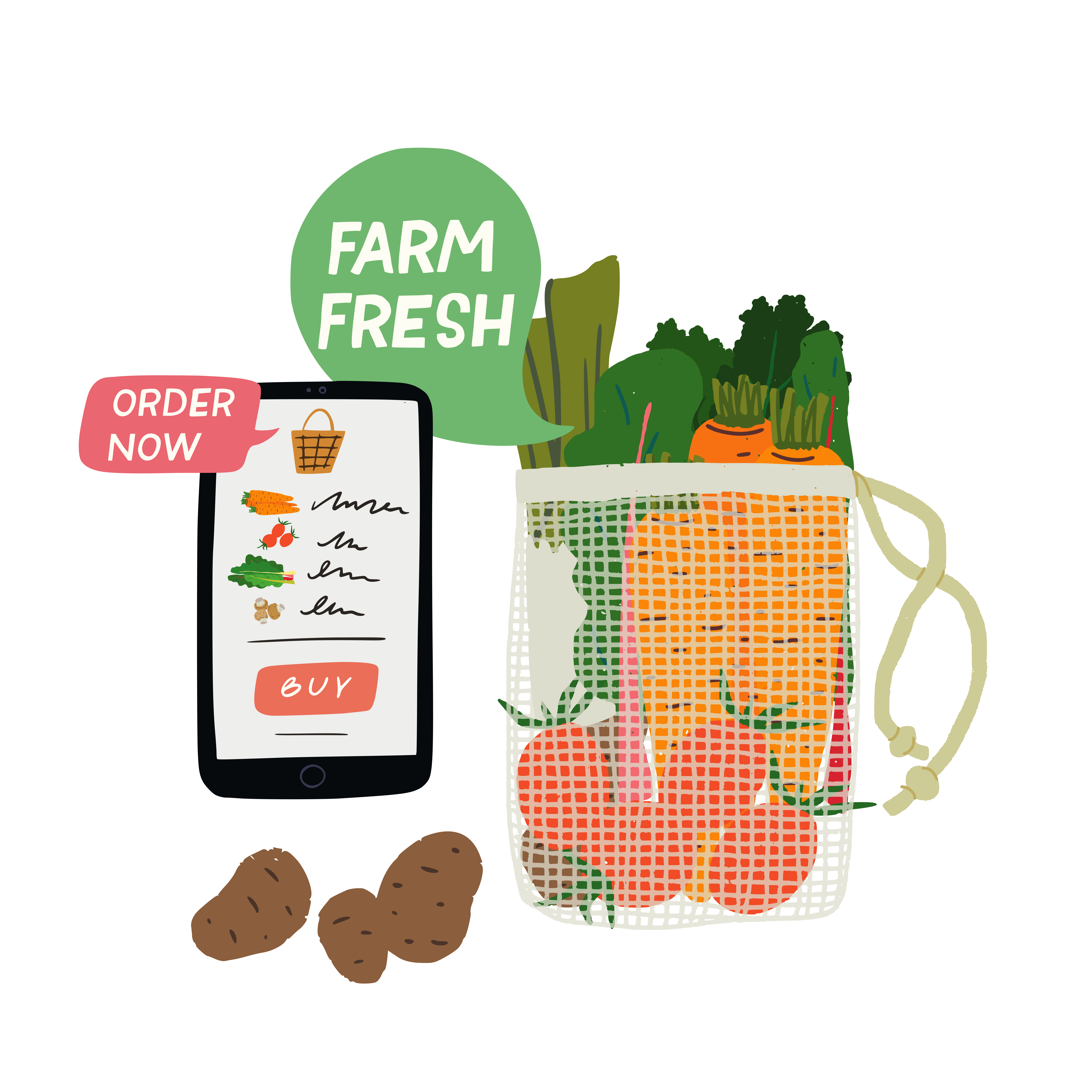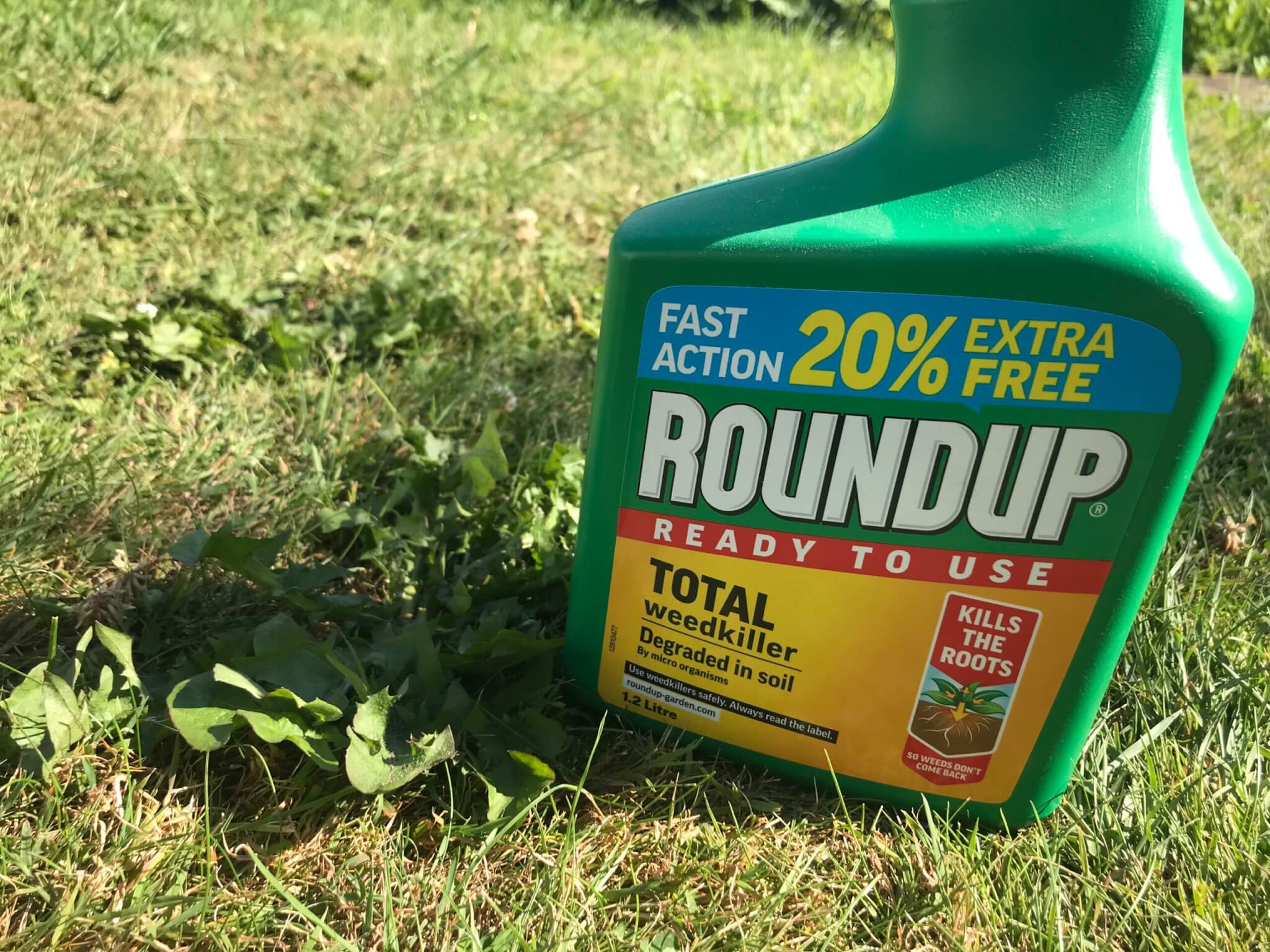There’s nothing like the cold, clear light of a new year to get the gardener’s sap rising. With little to do in the veg plot (except batting away the pigeons from my precious brassicas) I get my thrills from choosing what I’m going to grow this year.
Old friends
These include the staples of potatoes, beans, peas and courgettes. But this year, I’m trying two different sorts of potatoes – earlies (for the joy of that first bowl of waxy, creamy-fleshed tatties, steaming in butter and fresh mint) and main crop. That way I’ll be getting potatoes from late June right through to September.
New year, new seed choices
Have you noticed that garden centre seeds seem to be very limited in range? This is for commercial convenience, not breadth of variety for us growers. I buy online, that way I can source seeds which have been grown organically and I can find beauties such as the bright pink borlotti ‘Stokkievitsboon’, the yellow Golden Sweet mangetout or the deeply-ridged Cherokee Purple tomato.
My beans and peas will definitely include some heritage varieties. If you join Garden Organic, and add on membership to the Heritage Seed Library, your funds will help save old and local varieties that can no longer be bought. Cardiff District Nurse – a dark-podded climbing bean – is first on my list, to share with my son who now lives in Cardiff.
How about perennials?
I’m excited to try some perennial veg. They should save on maintenance, and keep me in greenery throughout the seasons. If they’re not available by seed, then beg a cutting off a neighbour. I’ve never grown perennial kale. I can choose between tall, stick-looking plants such as the Walking Cabbage, native to Jersey, or go for a low bushy variety like Daubenton. Another perennial is the Caucasian spinach. Because it’s a climber, I’m saving precious bed space, and with leaves ready to pick in early spring every year, that’s plenty of Greek spanakopita pie!

Keeping it coming
One of the great challenges for any veg grower is to keep greenery on the plate throughout the year, as spring sowings are usually harvested by mid-summer. Lawrence Hills, founder of Garden Organic, once wrote a little leaflet called ‘What you could be eating now if you’d sown it in time’. So I’m taking his advice and looking ahead. I’ll be choosing some quick growing mini varieties which I can sow midsummer to keep me in produce well into the autumn.
Baby carrots, kohl rabi and small cabbages are on the list. The added benefit of sowing late is you can often dodge the pests. Carrot fly, for instance, are past their first infestation by August. And finally, there’s that array of micro greens and salad leaves, of which I’ll sow little and often. Purslane, claytonia, and landcress will join the ranks of cut-and-come-again lettuce.
It’s called successional sowing – and it sounds so simple, just a few plants every fortnight or so. And yet, every time I fall into the trap of sowing and growing far too many at once. But 2021 will be the year of generosity. I’ll share my crops with my lockdown neighbours: old friends will get new treats.
The Grow Your Own Wicked Leeks series is written by Garden Organic, the national charity for organic growing.
Each month we bring you timely advice on what to do in your organic patch. We hope they inspire you on your organic growing journey, whether you’re an experienced grower or just starting out. Share your own tips and gardening photos on social media under #GYOWickedLeeks.













0 Comments